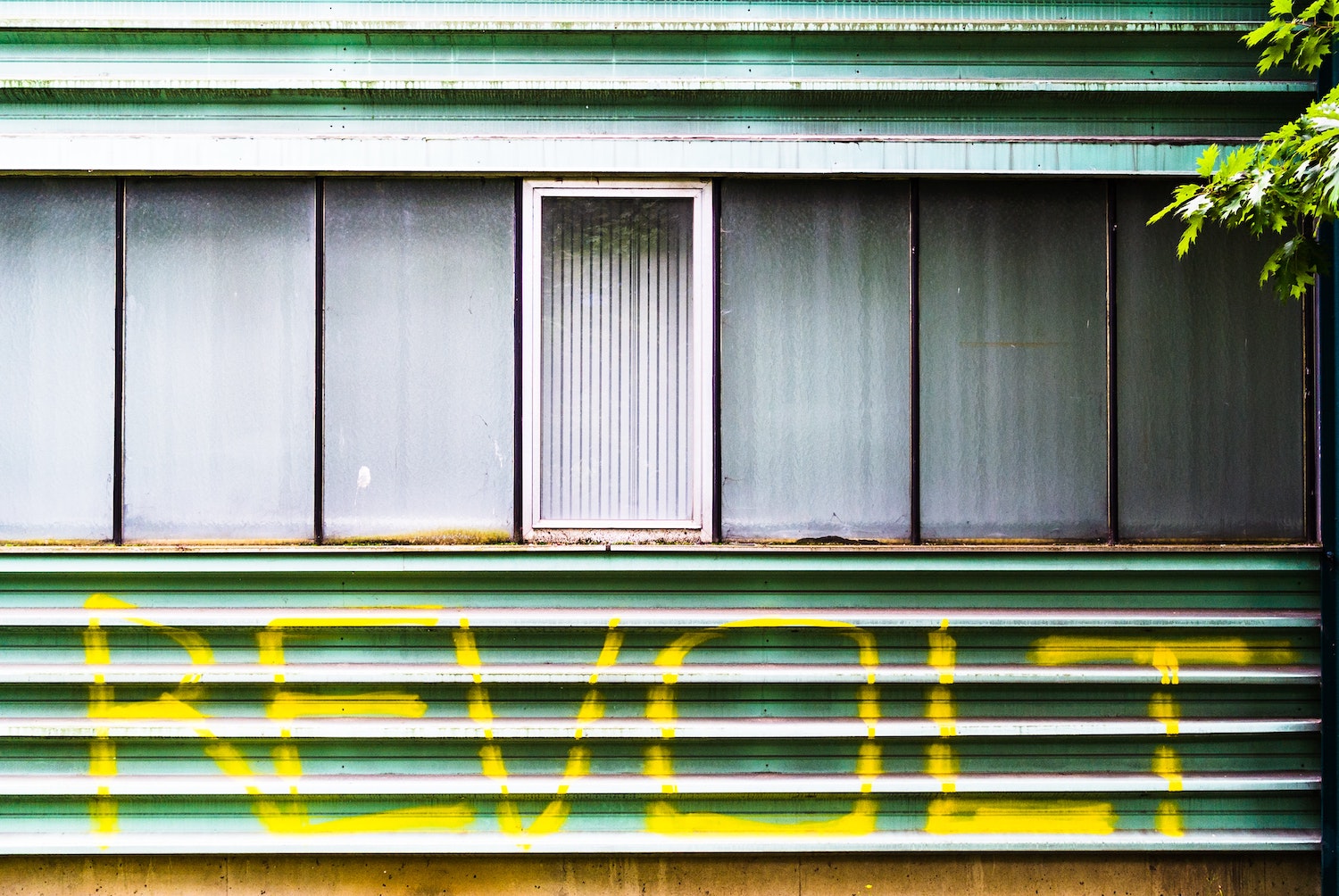Riots in the streets across the country.
Thwarted political kidnapping here in Michigan.
Threats of violence from the Right and the Left.
Can Jesus really speak into our situation?
Rigged and stolen elections.
Systematic racial oppression.
Denial of religious freedoms.
Is the way of Jesus really up to the task?
On the one side, people fear we’ll never escape white nationalism and it’s oppression of people of color.
One the other side, people fear we will fall into liberal socialism and its oppression of religious freedom.
One side wants to liberate oppressed people.
The other wants to restore a great nation.
While I’m talking about America.
Oppression of the poor, militant nationalism, polarized politics: these same things were happening in Israel while Jesus walked the earth. And he offered a way through them — a way that is still as radical as ever.
(This post is a continuation of the mini-series called, The Politics of Jesus; or, Who would Jesus side with in the coming civil war? Be sure to subscribe in the sidebar or here so you don’t miss the next two installments)
Context is Technicolor
To move Jesus from black and white backdrop to a technicolor character, we need to really understand his historical context. And this means looking a little more closely at the history.
History Matters
Invaded by Greeks:
300 years before Jesus, the Greeks conquered Palastine. While bringing new agricultural and political system of efficiency, the Greek also heavily taxed the people. This situation was intolerable for the proud people of God. They were being oppressed again to foreign powers.
Liberated by the Devout:
164 years before Jesus, during the waning years of Greek power, the Jews managed to fight off the Gentiles, achieving both political and religious freedom. This is known as the Maccabean revolt.
This revolt was fueled by those who were “devout” or “zealous” for the Law of God.
These devout ones advocated for a “militant nationalism” that would
- Restore the previous glory of Israel by casting out the foreigners
- Restore the royal line of divinely ordained kings
- And cast off all oppression of the poor.
The liberators managed to do the first two. But instead of ending the oppression of the poor, the ruling military/priestly dynasties just treated the common people in the same abusive manner as the foreign powers.
As Martin Hengel summarizes it,
“Thus the religious and social renew of the Jewish nation, inaugurated by the Maccabean revolt floundered on the lust for power of the new dynasty that came to the throne through the “revolution,” and ended in a new political and religious catastrophe” (Victory over Violence, 21).
Splitting of the Nation:
This political and religious catastrophe split the “devout” ones into two groups.
Sadducees: The Sadducees were the political, military, and priestly class who were “devoted” to the nation and the status quo of the power they had received.
Pharisees: The Pharisees were those “devoted” to the Law of God as the basis for the renew of Israel.
Occupied by the Romans:
Then, 64 years before Jesus, the Romans took over the area and Israel was again subject to brutal occupation by a violent foreign power. Again the common people were placed under extreme economic hardship as ancestral land was taken and accumulated in the hands of the rich.
This foreign occupation and economic oppression caused the militant fringe of the “devoted” to reappear with a revolutionary ideology of holy war. This was the rise of the Zealots.
IN SUMMARY:
When Jesus — the Word of God — arrives, the Jews had 300 years of up and (mostly) down political and economic fortunes. The people were hardened toward revolution because of foreign occupiers and local oppressors.
The people of God — the Jews — had develop several different responses to how to deal with this situation.
On Monday we will more clearly outline the 4 possible responses to oppression and occupation.

